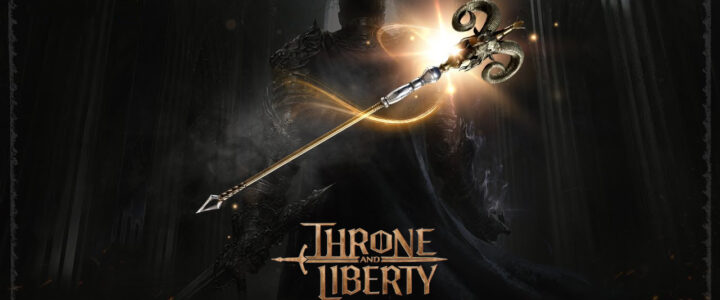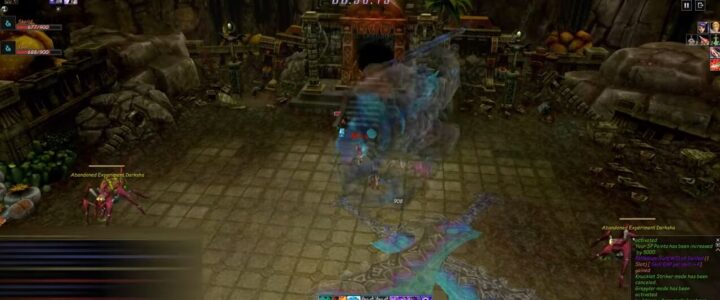Throne and Liberty’s expansive world offers a multitude of ways to carve your destiny, and gearing up is no exception. This guide delves into the various paths you can take to acquire powerful equipment, from crafting your personalized arsenal to facing down fearsome bosses and exploring the enticing, yet controversial, Marketplace.
Crafting: The Forge of Your Future
At the heart of Throne and Liberty’s gearing system lies crafting. This isn’t just a late-game option; it’s a foundational pillar. From your first steps in the world, you’ll be gathering materials, honing your skills, and crafting your weapons, armor, and accessories. Each upgrade, from humble green to dazzling purple, feels earned and rewarding.
The Thrill of the Hunt: Raiding and Bosses
For those who crave the thrill of the hunt, challenging bosses and group content offer a different path to gear acquisition. Raids, guild activities, and open-world bosses drop coveted equipment, each piece imbued with the echoes of epic battles and hard-won victories. Be prepared to strategize with your team, master your skills, and face down formidable foes for the chance to claim these prestigious rewards.
The Marketplace: Convenience with a Caveat
Throne and Liberty also offers a shortcut – the Marketplace. Here, you can spend “TL Lucent,” a paid currency, to directly purchase gear. Buy Throne and Liberty Lucent through MMOexp website, can get more discounts. While this offers undeniable convenience, it’s important to consider the potential drawbacks:
• Pay-to-Win Concerns: The presence of a paid currency raises concerns about pay-to-win mechanics. While NCsoft has assured players that high-end gear will not be directly purchasable, the Marketplace’s influence on the game’s economy remains a point of discussion.
• The Value of Effort: Gear earned through crafting, raiding, and boss encounters carries a different weight. It represents time, skill, and teamwork, making it a more personal and satisfying achievement.
Ultimately, the choice of how to gear up in Throne and Liberty is yours. Whether you forge your path through crafting, face epic challenges in raids, or choose the convenience of the Marketplace, remember that the true reward lies in the journey itself.
Beyond the Basics:
This guide is just the beginning. Here are some additional tips for navigating the world of gear in Throne and Liberty:
Enchantment: Upgrade your existing gear through enchanting, adding new layers of power and customization.
Gear Transfer: Transfer the enchantment level of your old gear to your new gear, allowing you to seamlessly upgrade your equipment.
Market Savvy: Monitor the Marketplace for bargains and strategic purchases.
Community & Guilds: Join a guild or team up with friends to tackle challenging content and share the spoils of victory.The world of Throne and Liberty awaits, adventurer. What path will you forge to claim your gear and conquer its challenges? Share your strategies and experiences in the comments below, and let’s build a community of gear-savvy heroes!



